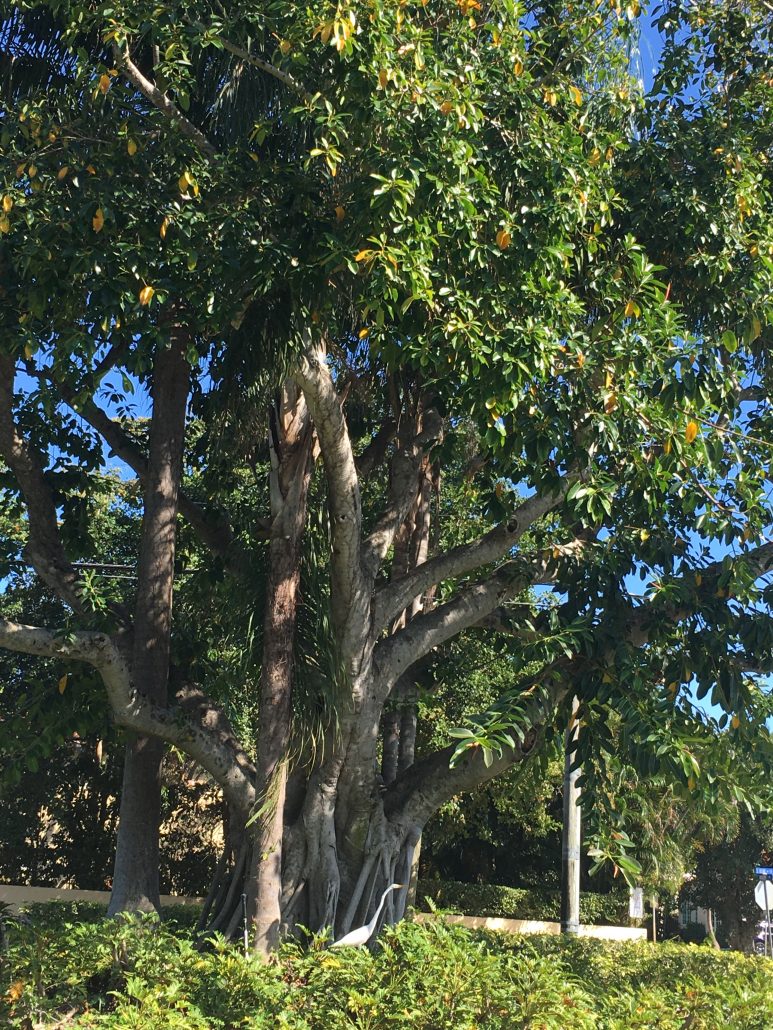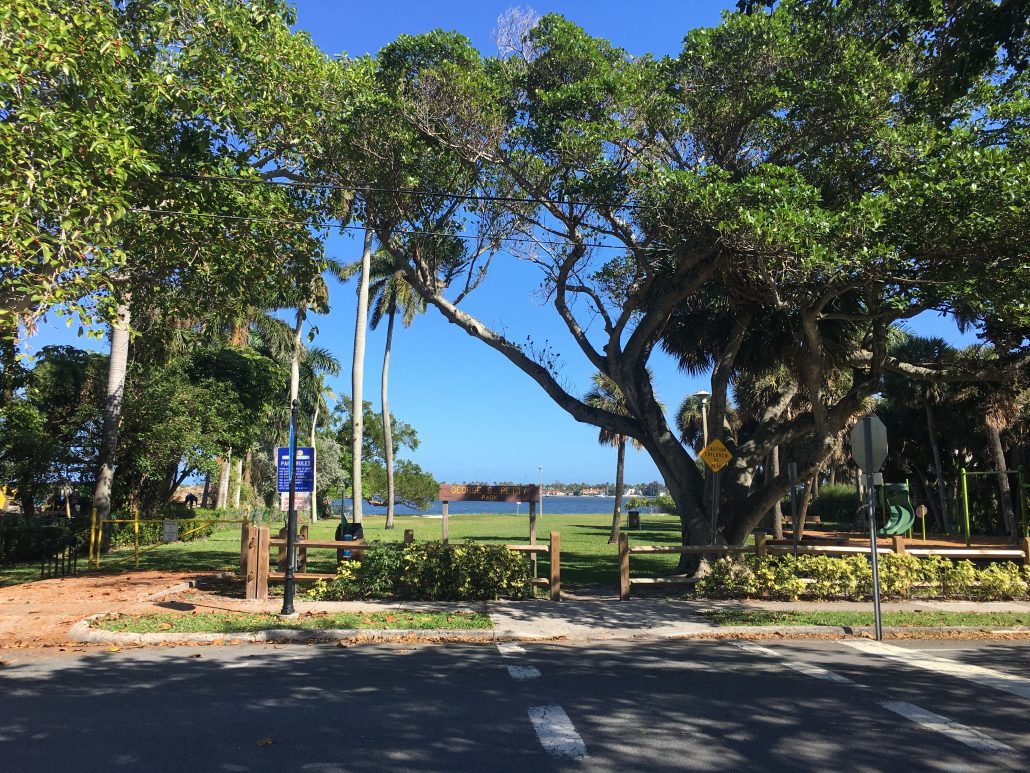The historical West Palm Beach neighborhood of Prospect Park was established in 1920 and is listed on the US National Registry of Historic Places. With a charming Mediterranean style of architecture, many of the homes were built from 1922-1945. The neighborhood lies just south of downtown West Palm Beach, Clematis and Rosemary Square. It is located east of S. Dixie Highway and West of the Intracoastal and Flagler. It is bounded by Lake Worth, S Dixie HWY, Monceaux Rd, and Monroe Dr and is close to Palm Beach Island and Palm Beach International Airport (PBI). The charming neighborhood has at its nucleus, a park with a fountain and grass. The historic homes have been well maintained and the neighborhood is prestigious and sought after.
Aside from federal tax credits for historic homes there are benefits to the annual tax bill as well. I got this from the City of WPB site…
In effect since February 14, 1994, the City Commission of West Palm Beach approved an Ad Valorem Tax Exemption Program for designated historic properties. These can be contributing to a district or individually-designated and listed either on the National or Local registers of historic places.
Purpose: allows the exemption of up to 100% of the assessed value of the improvements (interior or exterior) to historic properties resulting from renovation, restoration or rehabilitation of such properties. For example, a house is assessed at $250k and the new owners propose to add a new kitchen, master bedroom and bath, and rear porch. Once plans are approved by the Historic Preservation Board, they complete the work and the Palm Beach County property appraiser re-assesses their house. Instead of $250k, the house increases in taxable value to $290k – so the difference in value ($40k) is now exempt from a portion of the ad valorem taxes for a period of ten years.
How it works: the Preconstruction Application for proposed work must be approved by the Historic Preservation Board prior to work. The improvements must be completed within two (2) years of application approval and should follow the Secretary of the Interior’s Standards for Rehabilitation.
OK, so what can I change to a “contributing” home in a historic district?
Historic districts represent the development of an area through architectural design. Those areas and individual properties that are protected by the Historic Preservation Ordinance have these characteristics maintained while also allowing the modernization of interior floorplans and addition of space.
To ensure consistency of design and historic accuracy, all exterior modifications to historic properties are reviewed by City staff or the Historic Preservation Board, depending on the level of work. Historic approval is required before any permits may be issued for proposed work. General maintenance that does not require a permit (house painting, minor exterior repair) does not require additional review.
Historic Preservation staff can assist homeowners, architects, and contractors with desired changes to their property to meet the needs of the occupant while following the design guidelines for rehabilitation. With backgrounds in architectural history and plan review, staff can provide construction alternatives to improve design.
Some points to keep in mind:
- Generally, historic properties should appear as originally designed in that if the original occupants were to return, they would recognize the building.
- Additions and alterations should complement and not overwhelm the original massing (building shape and layout).
- Features that did not previously exist should not be added to ‘enhance’ a property. This in the end destroys the authenticity of the building as it no longer accurately reflects its original design.





